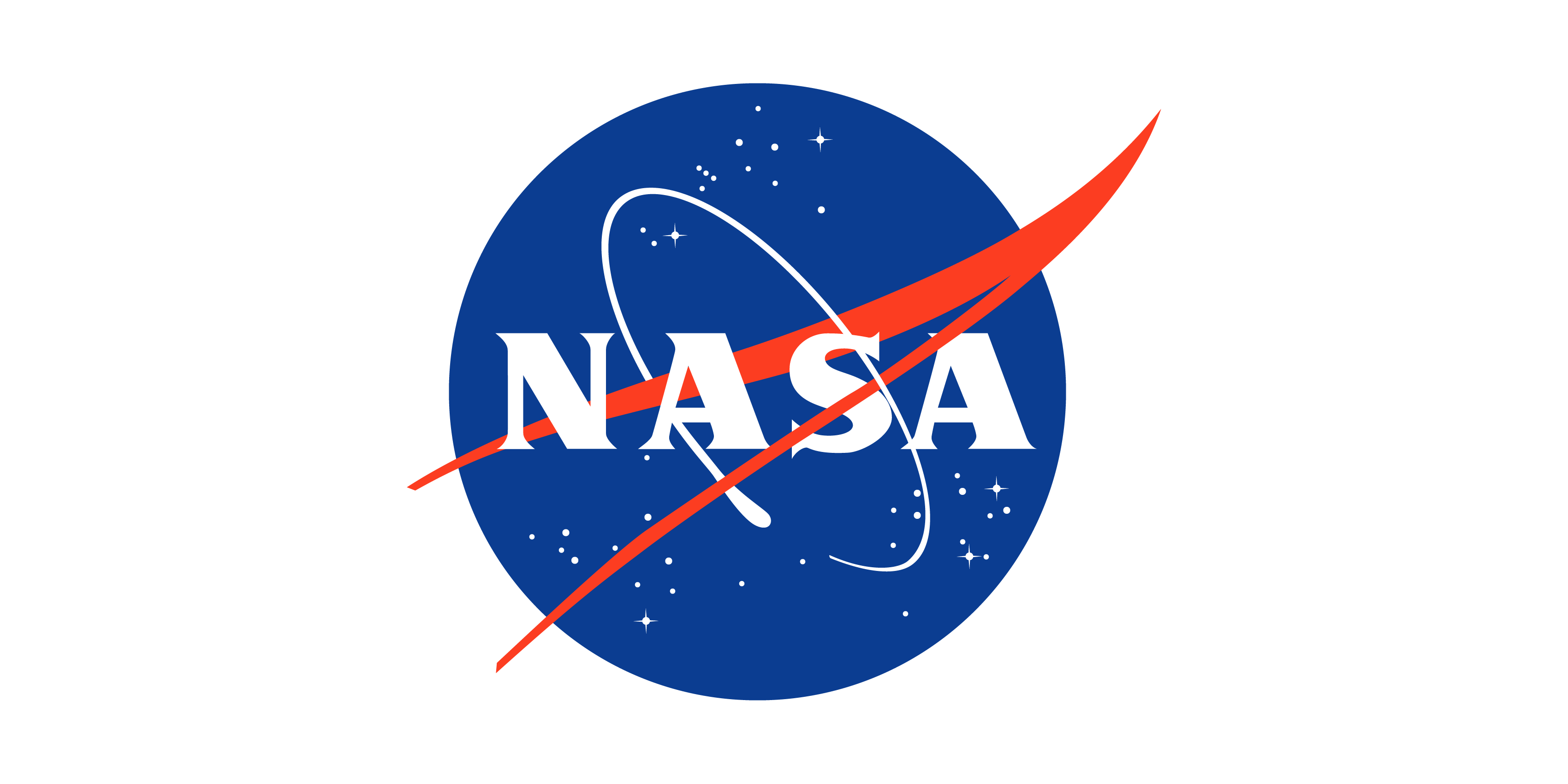
Team 13
Team Members |
Faculty Advisor |
Anirudh Kurup |
Patrick D. Kumavor, Ph.D. Sponsor National Aeronautics and Space Administration (NASA) |
sponsored by

Reduced-Gravity Simulator for Field Environments: Mobile Frame System
NASA seeks to advance its astronaut training programs by integrating reduced gravity simulation in field environments to prepare its astronauts better for the exploration of Lunar or Martian terrains. Currently, NASA’s most advanced reduced gravity offloading system is the ARGOS, a 41’ x 24’ x 25’ fixed frame structure that can offload a portion of an astronaut’s weight to simulate any given gravitational condition. However, its static nature does not allow for in-field training at geographical locations on Earth that resemble Lunar or Martian terrains. We provide a solution through this project by demonstrating a proof-of-concept design for an automated mobile offloading system that maintains a constant ⅚ G offloading force on an astronaut and can move as the astronaut moves. For simplicity, we are focusing only on the simulation of Lunar gravity, which is equivalent to approximately ⅙ G. This project combines the knowledge and skills from three different departments: Biomedical Engineering, Mechanical Engineering, and Dramatic Arts. Due to the complexity, budget constraints, and safety risks associated with developing a full-scale, mobile structure, we decided to split the project into two major components: a static, large-scale, frame structure (similar to ARGOS) that demonstrates the offloading capabilities and a dynamic, small-scale, chassis-wheel design that demonstrates mobility through the integration of motion sensors with mecanum wheels and maintains stability on rough terrains and slopes through the integration of a simple suspension system.
Our team collaborated with Mechanical Engineering 31 on this project.
